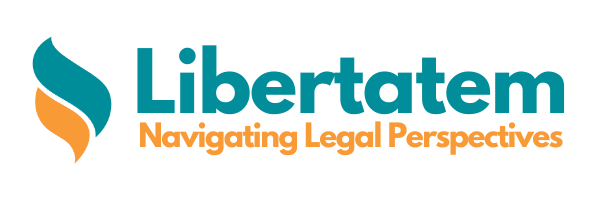India was among the first to constitute a governing body embracing co-operative federalism. It is an indicator of a harmonious separation of powers between the Centre and States. They share a horizontal relationship. It helps to bring out co-operative policies beneficial to the Centre and the State.
In the wake of the coronavirus pandemic, India has been at the forefront, saving as many lives as possible. In the process, different policies have shaken the federal system on several grounds. This unique system was to allow for a swift and coordinated response to tackle the pandemic.
Conflict in Co-operation
Recent developments have unearthed a different opinion of federalism implemented by the lawmakers. The zone classification made by the Centre has not been a welcome move by the State governments. The classification into red, orange, and green zones has attracted mixed opinions. There has been a demand for autonomy while making such decisions. For a well- functioning country, it is necessary for the parts and the whole to function in tandem.
An Efficient National Plan
The idea of a national plan as per the Disaster Management Act of 2005 has taken a back seat. The act envisages the formation of a “National Plan” under section 11(2). It includes issuing of binding guidelines by the Centre to States, after consultation. Not only has the Centre ignored these guidelines, but also issued it themself. It has steered away from the legislative mandate of State consideration. However, as compared to federal countries such as the USA, India has done well. It has managed to minimise frictions and provide a sense of direction to the States. But this has come at the expense of a lack of sovereignty to the States.
Lack of Funds
The Central government declared CSR exemptions for corporations donating to the PM-CARES fund. Yet, those donating towards any State Chief Minister’s Relief Fund had no exemptions. The intelligible differentia used in this context is questionable. This move has directed all funds towards the Centre and left the States at the periphery. It also makes the States dependent on the Centre. It defeats the very purpose of a federal structure.
Revenue has plummeted for most States. It is due to the ban on the sale of liquor and insignificant sale of petrol and diesel. Further, the influx of migrants has added to the worries of the State government. This move is full of fallacies as it is only going to lead to more movement and thus further spread of the virus. The governments may not be able to address the immediate needs of the migrants.
Additionally, the agriculture sector, industrial establishments and construction have a reduction in workforce. It makes economic sustenance challenging. Economic activities have reduced, and there are delays in receiving GST dues. It results in an empty treasury for the State government.
Changes in Laws
In January 2020, the Centre invoked powers under the Disaster Management Act, 2005. It is to enhance the preparedness and containment of COVID-19 at hospitals. Moreover, it enabled States to utilise the State disaster Response Fund on Covid-19. Additionally, India is a signatory to the International Health Regulations, 2005 (IHR). Establishment of appropriate public health response to the spread of diseases is essential. The Centre can enact a law, giving effect to the International Health Regulations. This is under Article 253 of the Constitution. It asks for setting up mechanisms to prevent and control the spread of the disease. The Centre must put in place the Integrated Disease Surveillance Program (IDSP).
The Colonial government designed the Epidemic Diseases Act in 1897. This was when the Bubonic plague was at large—this tested government machinery where there was a considerable threat of an epidemic disease. The government implemented several measures to combat it. It includes compulsory detention of plague suspects and destruction of infected property. It was considered as an offence to disobey these laws. Public officers on duty received immunity. The government thus faced resistance from the Indian community. To change these, the government created awareness about sanitation. Medical research centres were set up as well. A lot of these measures are also seen in the present situation. Covid-19 has called for every State to have guidelines. The government authorises officers to admit and isolate a person. The current regulations allow States to act with less coercion.
The Way Forward
The States are the first to face the brunt of the pandemic. The nature of the disease, contagiousness and the treatment suggested requires localised solutions. Thus, States are best suited to handle this crisis by themselves.
Public health and sanitation fall under the purview of the States. It is under the Seventh Schedule of the Constitution. The acts in place may not be the final solution to the crisis at hand. It is essential to look at a broader, more inclusive perspective. It will help the States and the Centre function hand in hand. There has to be a national plan which will divide funds to all the States, need-based. Further, it is necessary to take into consideration the States opinions on decisions. CSR exemptions should be there for corporations donating to the State Relief funds. This would be a progressive step.
The Centre’s intervention and guidance are necessary to tackle the crisis. The Centre must aid States in handling the financial crunch with scalable solutions. The Covid-19 pandemic has served as a wake-up call to the Indian polity and governance.
Libertatem.in is now on Telegram. Follow us for regular legal updates and judgements from the court. Follow us on Google News, Instagram, LinkedIn, Facebook & Twitter. You can also subscribe for our Weekly Email Updates. You can also contribute stories like this and help us spread awareness for a better society. Submit Your Post Now.

